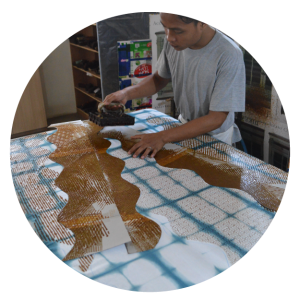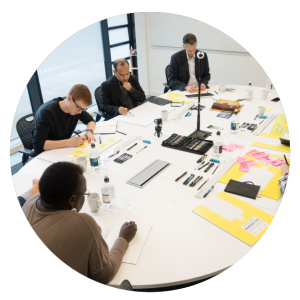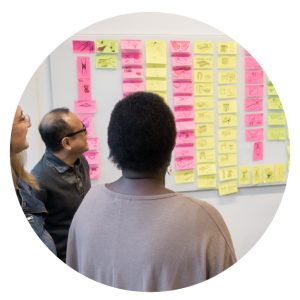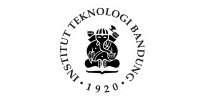
Inspiring innovation through materials-led industrial design to support supply chain employment in emerging economies
Background
Industrial design has the capacity to provide tangible solutions to real-world problems by identifying opportunities and translating these into ingenious and desirable products. The creative selection of efficient manufacturing processes is at the core of this activity, with functional properties, production costs and visual quality being key decision-making criteria. In response to the United Nations 2030 Sustainable Development Goals, an international collaborative research project, funded by the UK Arts and Humanities Research Council (AH/P006191/1), explored ways in which innovative materials selection in emerging economies could be used to identify new product opportunities. The supply chain to support this process would then provide employment, with the ultimate aim of contributing to the alleviation of poverty.
Process
Using co-design and product design thinking to identify materials-led product opportunities, an international team of six academic researchers and eight industrial designers translated the findings from the research into design resources with which to engage key stakeholders.
Insights

Contextualisation
Best practice case studies
Co-design

UK-based workshop
Country specific concepts
Reflection

Critique
SWOT analysis
Concepts

39 product renderings
Outcome
The Thinking Materials design tool identifies creative product opportunities that use indigenous materials and crafts as an alternative to more conventional manufacturing processes. It demonstrates the potential for a supply chain in which an emerging economy is always the country of origin (COO) for the manufacture of a product and/or growth/production of materials. When using the tool, highlighted ‘manufacturing’ tabs (on the right) identify the product as being produced using one of three scenarios: Full In-Country; Partial In-Country; Overseas. Highlighted ‘material’ tabs (on the left) identify the generic nature of materials used in the manufacturing process, with C/S/G being an abbreviation for ceramic, stone or glass. Each product concept card is identified with a number, title, product image and brief description. Dissemination of the Thinking Materials design tool was facilitated through presentations by the Principal Investigator and Co-Investigator in Uganda, Kenya, Indonesia and Turkey plus distribution to all 146 countries on the Development Assistance Committee (DAC) List of the Organisation for Economic Co-operation and Development (OECD).







